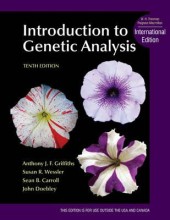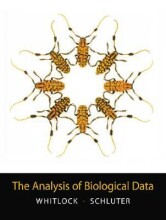Mapping Eukaryote Chromosomes by Recombination
5 important questions on Mapping Eukaryote Chromosomes by Recombination
What cellular process produces a recombination of linked genes?
Linkage explains why the parental gene combinations stay together but not how the recombinant (nonparental) combinations arise. Morgan postulated that, in meiosis, there may be a physical exchange of chromosome parts by a process now called crossing over. A result of the physical breakage and reunion of chromosome parts, crossing over takes place at the four-chromatid stage of meiosis. Thus, there are two types of meiotic recombination. Recombination by Mendelian independent assortment results in a recombinant frequency of 50 percent. Crossing over results in a recombinant frequency generally less than 50 percent.
How are recombination maps used in conjunction with physical DNA maps?
In genetics generally, the recombination-based map of loci conferring mutant phenotypes is used in conjunction with a physical map such as the complete DNA sequence, which shows all the genelike sequences. Knowledge of gene position in both maps enables the melding of cellular function with a gene’s effect on phenotype.
three-point testcross (three-factor testcross)
three genes linked and, if they are, to deduce their order and the map distances between them
- Higher grades + faster learning
- Never study anything twice
- 100% sure, 100% understanding
Coefficient of coincidence (c.o.c.)
quantification of interference(I) by first calculating c.o.c., which is the ratio of observed to expected double recombinants.
I=1-c.o.c.
simple sequence length polymorphisms
simple sequence length polymorphisms (SSLPs), repeats of DNA, unclear what the function is.
Also known as variable number tandem repeats (VNTRs).
The question on the page originate from the summary of the following study material:
- A unique study and practice tool
- Never study anything twice again
- Get the grades you hope for
- 100% sure, 100% understanding































